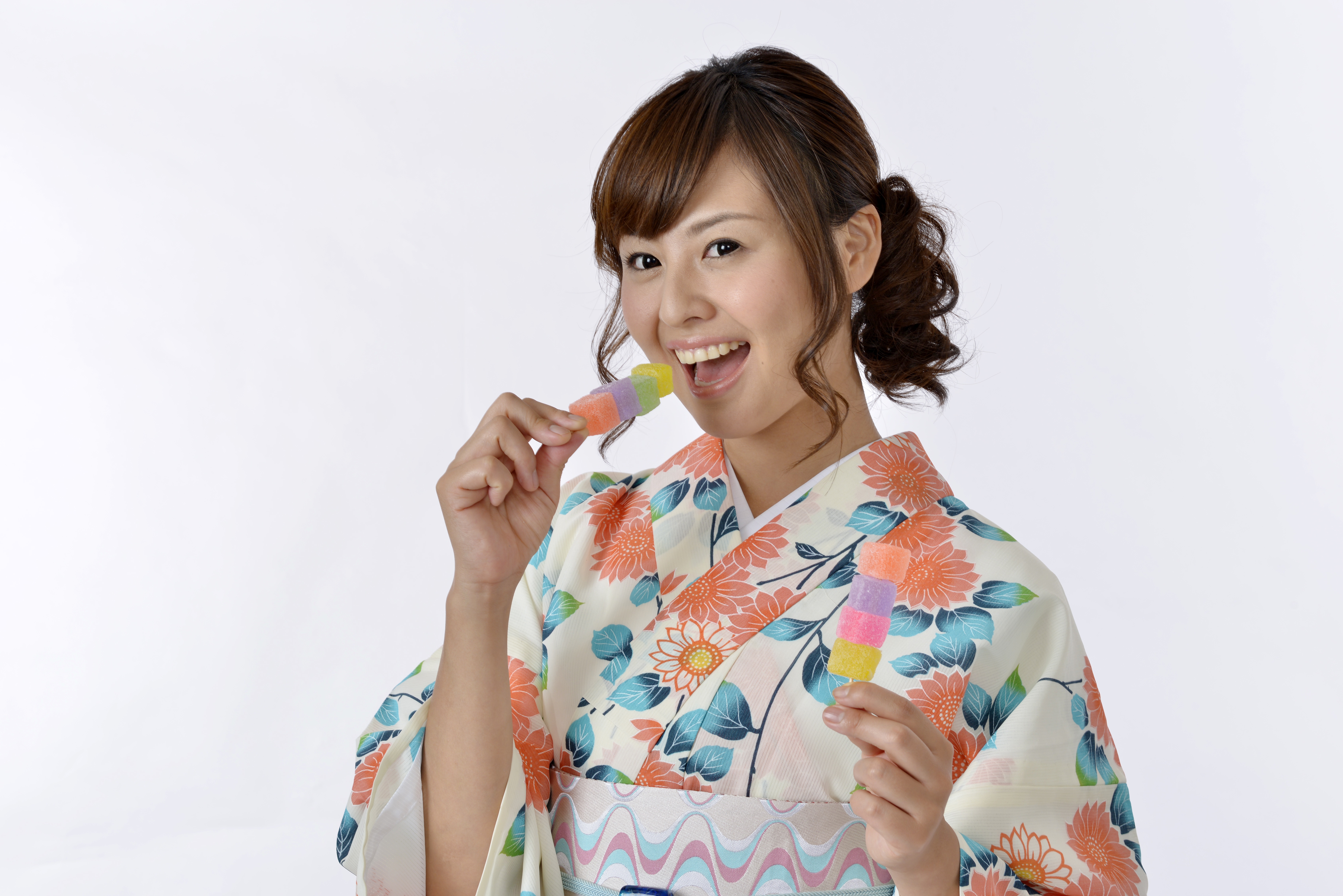
~ Sent, how to preserve, how to produce can change the flavor~
Contains a lot of starch?
Azuki is deeply ingrained in Japanese society and it has been used as medicine for many years. Now we eat them as Wagashi and Seki-han.
The majority of Azuki’s component is carb (59%) and most of them are starch. The next largest part of Azuki’s component is protein, which makes up 20 %. However, it contains only 2% fat, which is one tenth of fats that soybeans contain. This is why Azuki are classified as starch beans.
Ann’s grain is separated from cotyledon cells.
In the process of cooking, starch has saccharification but it doesn’t transform into liquid. It’s captured into the cotyledon cells. Ann’s grain is pulverized the cell, which contain starch. The size and quality of Ann’s grain is what determine the taste perception when you eat Wagashi that has Anko.
The size of Ann’s grain determine the taste perception
Taste perception plays pivotal roles in deciding whether you find this sweet delicious or not, especially when you eat Anko.
Generally, the average size of Ann’s grain is around 50~250 micron. The optimal size is around 75~150 micron. You can make Ann that has 100 micron diameter from the small Azuki. This is called Koshi-ann and has smooth taste. On the other hand, you can make Ann that has 120 micron diameter from big Azuki, such as Dainagon. It tastes rather rough. Our tongue is very sophisticated and can perceive the difference of 10 micron. From many years ago, we have eaten small Azuki as Koshi-ann and large Azuki ;Dainagon as Ogura-ann. When you get down to it, it is the most rational way to enjoy Anko.
Astringent tannin
In the process of cooking, various kind of component elute from Azuki. Among all of them, unwanted component, such as tannin is included. Generally tannins are get rid of by disposing the water that are used to boil Azuki. Tannin; the cause of astringent taste are different from each other based off of where and when those Azuki are made. When you compare each Azuki’s amount of tannin, it is said that Dainagon has less tannin than small Azuki. On the other hand, the imported Azuki from China has a large amount of tannin, especially Tonbei-honto(chinese northeast azuki) and Hoafei-honto(Chinese north area azuki).
The amount of tannin fluctuates depends on where and when those beans are made. Even though those beans are same kind, it is not unusual that there is more than 10 % difference between them. The duration of grain filling and climate are the contributing factor in this difference. The longer they are subjected to the sun light, the more tannin they include.
What determine Azuki’s flavor?
Flavor is also important factor in deciding the deliciousness of Azuki. Volatile component that exist under the skin of Azuki produce various kind of scent. Azuki has maltol/ that dispense sweet scent. However, the amount to those scents is not the only factor in deciding flavor but the condition of preservation or the process of cooking are. Azuki that has a lot of tannin, such as Chinese Azuki require twice
Shibunuki(removing astringent taste) and therefore has less flavor.
It goes without saying that what kind those bean are and where they are made are also main factor in variety of flavor. The deliciousness of Azuki consists of taste perception, components, scent and color. Flavor is the result of all of them.
Editor Naoko Okada.
Morita Farm(A-Net Farm Tokachi Co.,Ltd )Rie Morita.
URL http://www.azukilife.com/







